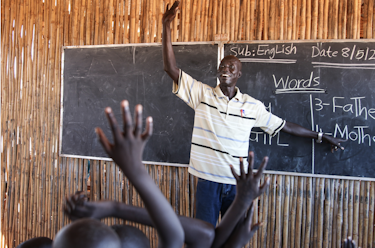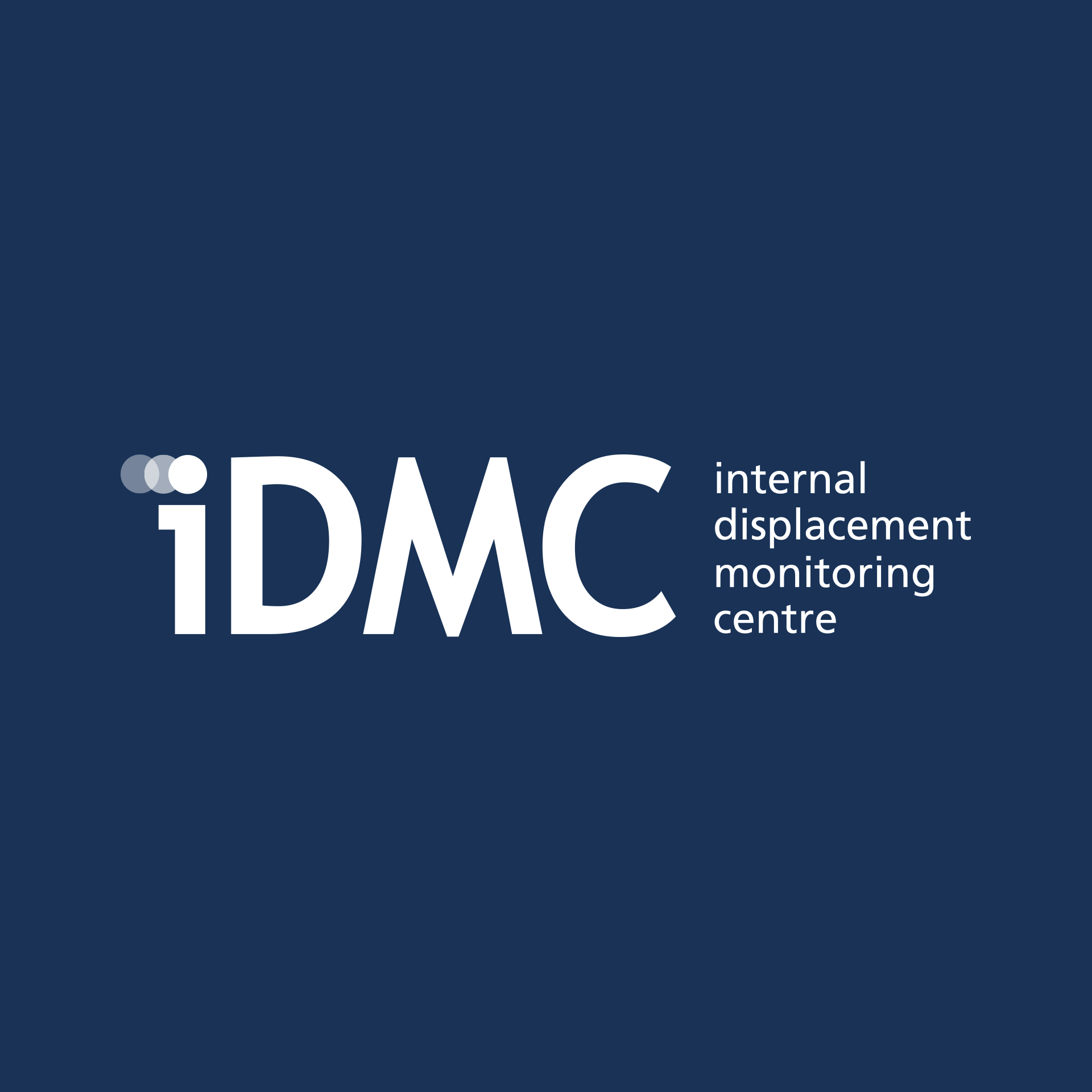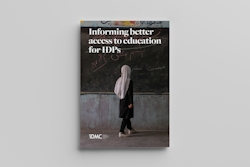Internally displaced children, youth and education

This research area seeks to better understand how internal displacement affects the current and future lives of children and youth, including their access to quality education. It aims to identify policies and support options that harness the resources of children and youth and address their specific needs during displacement.
Breakdown of IDPs by age group

Estimated number of people of different age groups living in internal displacement as a result of conflict, violence and disasters globally at the end of 2020
Internally displaced children and youth are twice invisible in data, partly because of methodological challenges, but also due to lack of age-disaggregation of data on IDPs and fewer resources for internal displacement compared to cross-border movements. Applying national-level demographic data to the number of IDPs per country, IDMC estimates that over 23.3 children under the age of 18 were internally displaced worldwide at the end of 2020, of whom nearly 13 million were of a primary and early secondary school age, and 10.5 million were between 15 and 24. These figures are likely to be underestimates, however, given internally displaced populations tend to be younger than the national population.
Children and youth face heightened risks during displacement and have specific needs that must be considered when designing interventions and policies for displacement. Infants may need vaccination and nutritional supplements, school-age children educational support and young people vocational training. The impacts are often most severe for girls given displacement can exacerbate existing barriers to girls’ education and increase their risk of sexual violence and abuse. The consequences of displacement, if unaddressed, can last for a lifetime, especially when it interrupts education and limits future opportunities.


